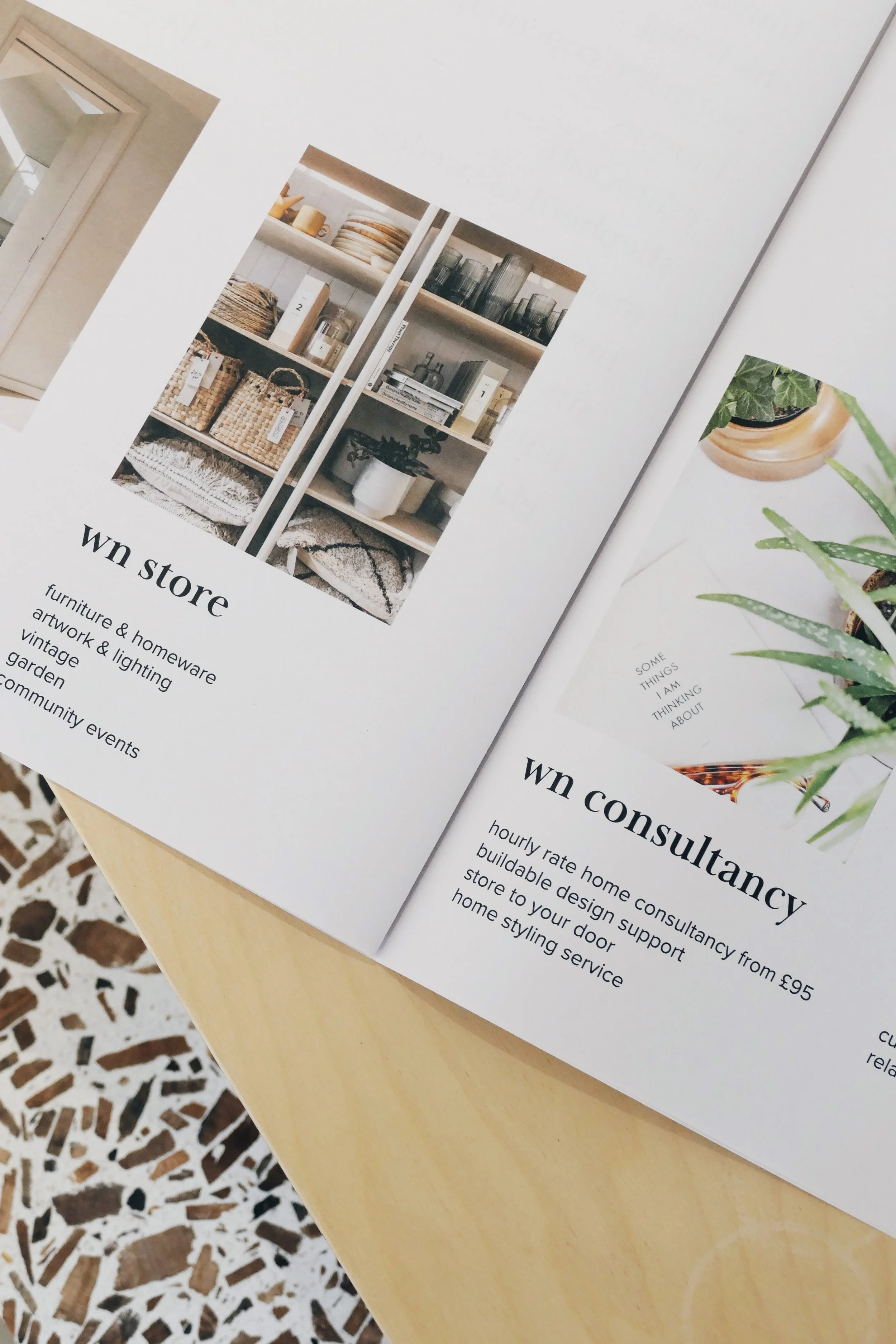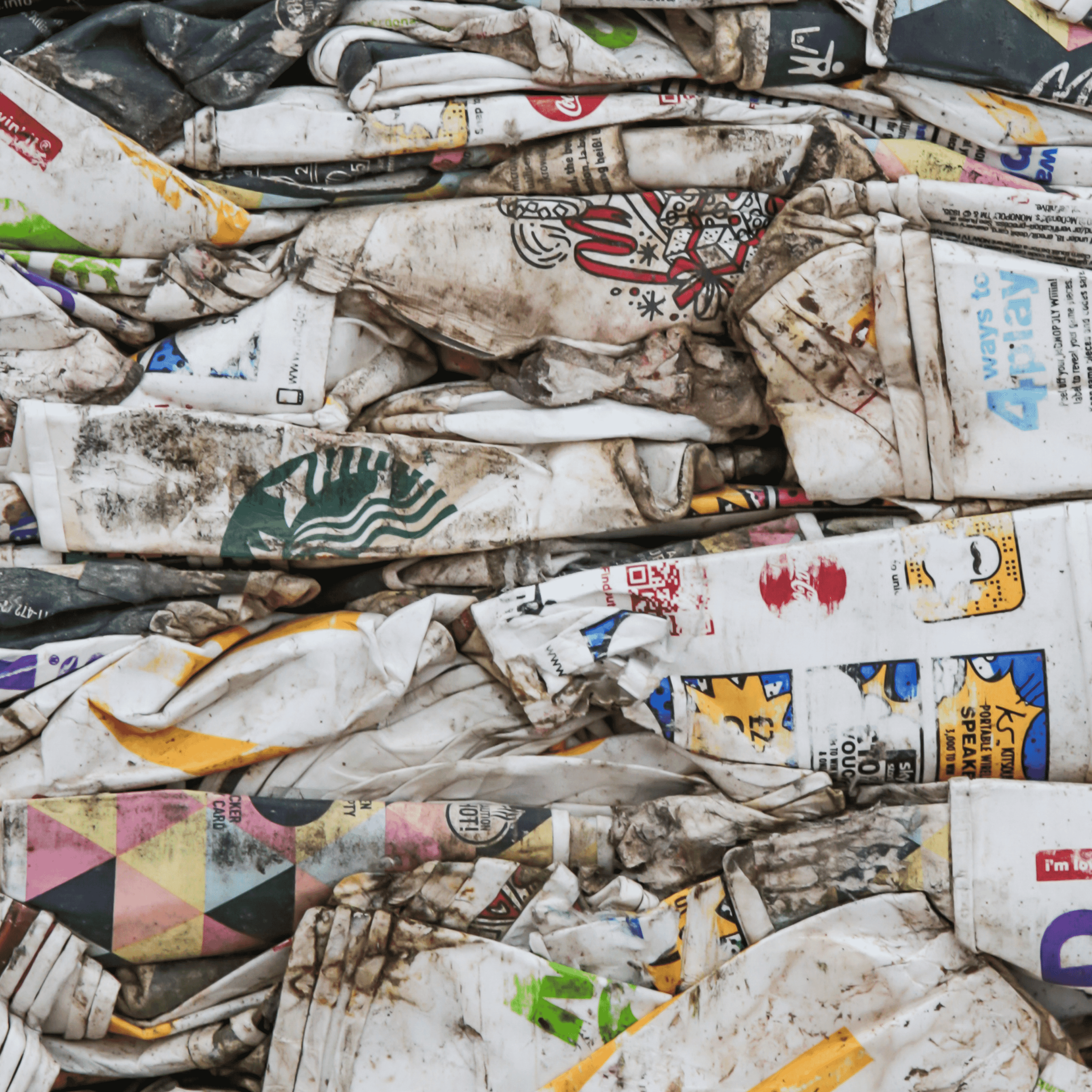It’s not all about websites when communicating your brand offering.
It’s not all about websites when communicating your brand offering.
A couple of months ago we worked with WN Interiors on the design and production of a printed tabloid for their brand. Having seen the tabloid that we had produced for our own studio previously, it was a good reference point for them to adapt and mould to fit their studio and shop. The tabloid has acted as a tool for WN to discuss their broader service offering with customers walking into the shop that could turn out to be potential clients looking for Interior consulting or design services.
This got us thinking about many of our clients and their own services. Do your own or potential clients have a full understanding of the range of services you provide? Are you communicating this clearly and throughout multiple channels and media? Though websites are the keystone for all businesses (especially in this day and age) to communicate all aspects of the brand including a portfolio of work, service offerings, team, news and culture; are there other opportunities to engage with prospects who may not have gone through all the information on your website?
As mentioned, WN have seen benefits in turning to print to help continue the brand conversation. It’s something that can be taken away and paged through at leisure in the comfort of your own space, equally hopefully something that can be kept and referenced at a later date. Yes a website can be accessed as such, however, in print, you are changing the media and format and therefore also changing how the information is being digested. How often do you jump from one website to the next with Google at your fingertips and then, how often do you jump from magazine to magazine or paper to paper, book to book? I would imagine a lot less.
And if like all of us, you have the planet on your mind when thinking of print, the paper used to produce the tabloid is sustainable and responsible. Sourced from responsibly managed forests and producers that have met a strict set of environmental and socially responsible standards. Certifications are also used to ensure the paper is produced from environmentally friendly sources.











